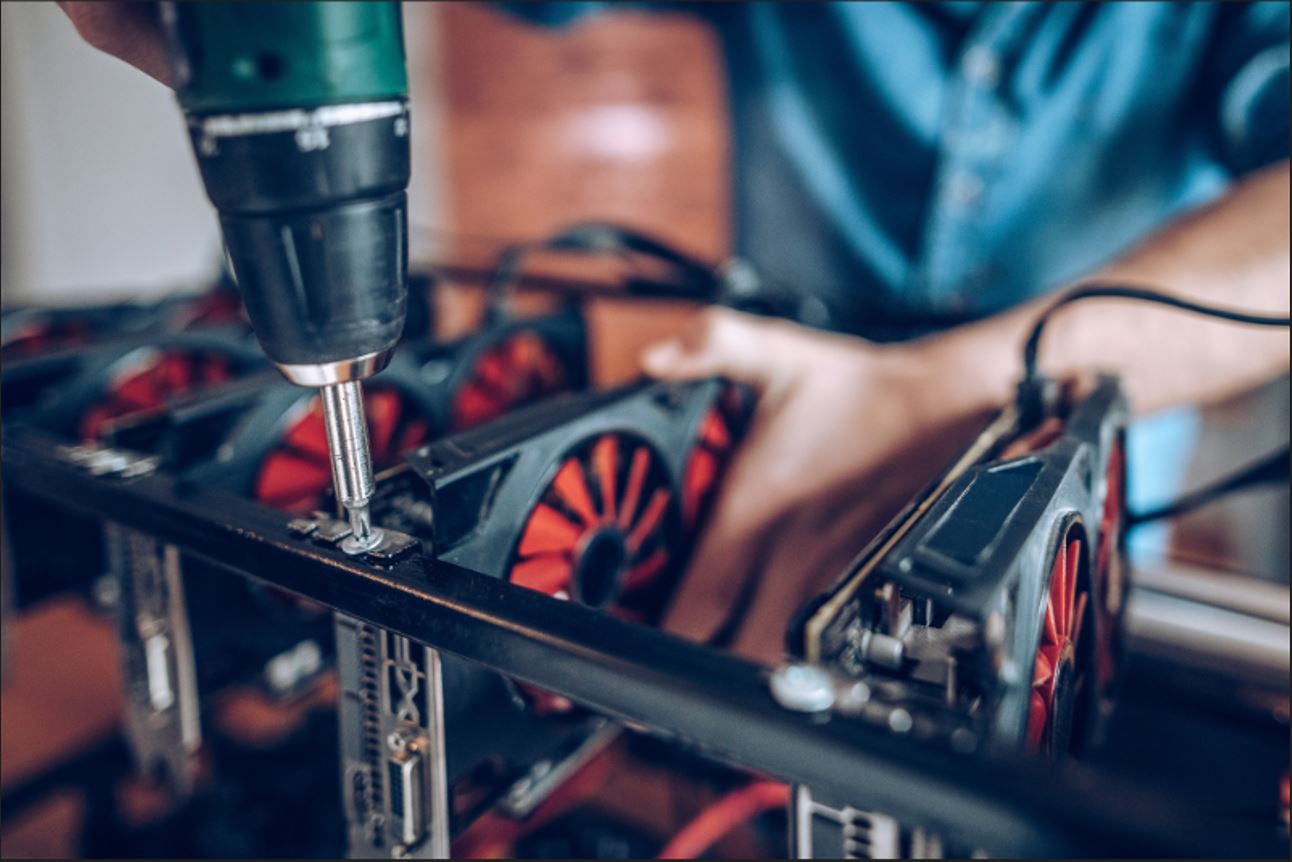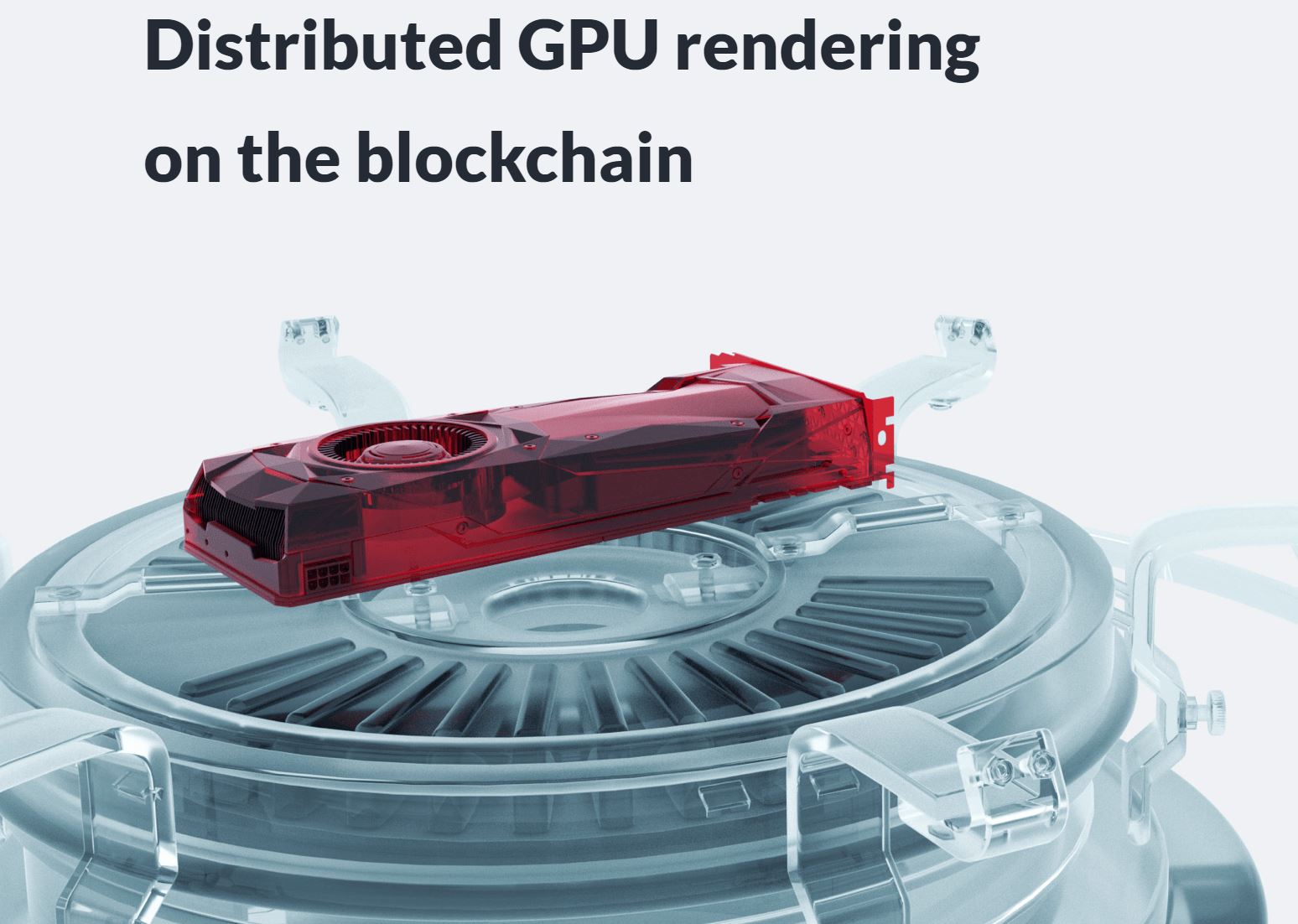Render Network and its RNDR token are in the process of leading a solution to a clear and present problem. How can a person or company get on demand access to powerful GPU capabilities while leveraging the power of a decentralized blockchain solution? As the world continues to rely on digital technology more and more, the demand for processing will only increase.
Answering a Challenge We Know is Coming
Anyone who tried to purchase a graphics card in 2020 or 2021 to play games or render things in Octane (or other environments) knows well how painful supply limitations can be. Graphics cards were selling out left and right, many of which were being picked up and used in Ethereum mining rigs. Supplies were so limited that it became nearly impossible to buy new releases from NVidia and AMD for gaming or other uses.

With Ethereum’s recent change from Proof of Work (mining) to Proof of Stake, many Ethereum miners have scores of graphics cards sitting unused. Graphics cards, or GPUs, are extremely powerful processing engines. Whether running games in high quality or crunching cryptographic equations, these devices have enormous computational capability. If you’re reading this blog, it’s probably being rendered by a graphics card of some sort.
One of the biggest changes in technology is on the horizon. The tech industry has been hurdling towards a purely digital society for quite some time. Everything is interconnected and there is a war for content and attention from users going on across nearly all major social media and entertainment sites. As the world moves towards greater use of Augmented Reality, Virtual Reality, Mixed Reality (AR/VR/MR) technologies, the demands for powerful computing will only increase. For companies that generate content, games (etc.), there is a high reliance on rendering. As the world of digital technology continues to evolve, the reliance on rendering is guaranteed to increase by orders of magnitude.

TV, movies, games – these are all created through the rendering of 3D models.
During the rendering process, a renderer uses mathematical algorithms to calculate the color and intensity of each pixel in the final image, based on the position and properties of the lights and objects in the scene. This can include simulating reflections, refractions, shadows, and other visual effects.
Render Network and RNDR – Decentralized GPU Sharing
Rendering can be done using various techniques, such as rasterization, ray tracing, and path tracing, each with its own strengths and weaknesses. Rasterization is faster but less accurate, while ray tracing and path tracing can produce more realistic images but require more processing power. When creating a game, animation, movie (etc.) there are literally thousands of renders going on. Rendering requires the use of GPUs. The more powerful it is, the faster the rendering operation can be performed.
The main problem, however, is that establishing a beefy rendering computer is expensive and a singular resource. A GPU (generally) requires a full computer system around it to pass data back and forth and direct it to perform calculations. For a large team, this could require dozens of powerful rigs, that all require maintenance, IT considerations, and a place to store them. At different stages of development and deployment there may not be any need at a given time for rendering resources. As tech continues to scale in detail and complexity, the demands on these resources will continue to skyrocket.
So – we have a case where an operation like rendering is expensive, resource intensive, needed on-demand, and needed at an enormous scale across industries. Pair this obvious (and growing) need with the fact that most computers have GPUs that are idle for many parts of the day, and you have a clear opportunity to connect the dots. Well – Render Network (RNDR) has done just that. And guess what? It’s early. Very very early.
Render Network is an absolute gem of a technology that is addressing this problem. It aims to create an efficient decentralized system that not only lets users connect idle GPUs to it, but manages and schedules rendering jobs on the fly. It lets people with spare computing resources “donate” them to the network, and get paid in RNDR tokens. Likewise, people in need of on-demand computing or rendering can pay in the RNDR token and schedule jobs across a vast array of GPUs from around the globe through the cloud.
RNDR, at the time of this writing, sits at around $.93 at about a $280million market cap. It’s still small, but not for long. It has doubled in value over the last couple months, and is showing no signs of stopping. Projects like this are rare – they’re actually fully realizing the potential of decentralization to solve a real world problem. “Crypto for the sake of crypto” happens all over the market. There’s no real reason behind having certain projects be blockchain based.
This project’s tech is heralded by some pretty influential folks across the cryptocurrency space (myself included). Its roadmap also includes future expansions for digital rights management, crowd sourced 3D projects, and more – all enabled by their token. There’s no mining or staking of the token. It’s a pure utility token. To run jobs, you need RNDR. You pay the token to people providing their resources, rinse and repeat. Think about what all of those retired Ethereum miners will be doing with their resources!

If there is one thing that has become abundantly clear during the last year (of market turbulence), it’s that real utility and good project economics will ultimately prevail. Projects like Polygon, Avalanche, and others have continued to create partnerships and strong ties with the world outside of cryptocurrency. This creates true staying power. Apple is probably a pretty good start. Users can use the OctaneRender app in the app store, which directly interfaces with the Render Network. Accessibility is key – people need to be able to use something for it… to be used! The token is also listed on Binance, Coinbase, and a number of other popular token sites.
With such a small market cap and built in demand for the token, the project is poised to grow substantially in the coming years. With smart investors looking to find projects that will mature in the coming years, rather than speculating and trying to chase quick gains, this presents a great opportunity.
To learn more about this project, please check out their Whitepaper .
With the market seemingly waking up after a year long slumber, getting into strong projects is paramount if you want to be successful. Check out one of our other recent articles on another project to watch: Ribbon Finance
















